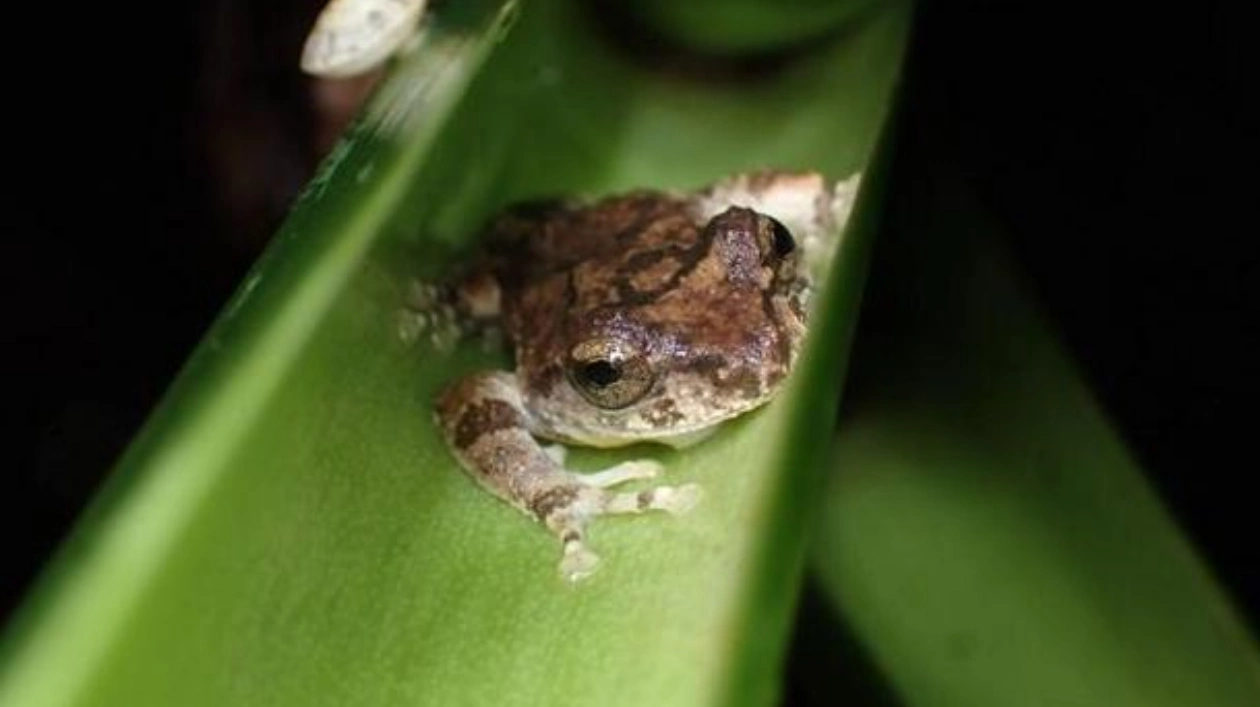Certain tadpoles refrain from defecating during the initial weeks of their lives, according to a study published on September 22 in Ecology. This phenomenon is particularly observed in Eiffinger’s tree frogs (Kurixalus eiffingeri), small amphibians inhabiting Taiwan and two Japanese islands: Ishigaki and Iriomote. These tree-dwelling frogs deposit their eggs in tiny puddles, often found within plant stems, tree hollows, and bamboo stumps. Once the tadpoles emerge, they spend their early stages in these confined water bodies. However, the limited water volume in such small pools does not effectively dilute ammonia, a toxic substance released during excretion.
Bun Ito and Yasukazu Okada, biologists from Nagoya University in Japan, have now revealed the tadpoles' unique waste management strategy: self-induced constipation. These tadpoles store their waste in an intestinal pouch until they begin metamorphosing into adult frogs. The researchers conducted experiments with tadpoles from four different frog species, placing them in small enclosures with just over a tablespoon of water. They measured and compared the ammonia levels released and stored by each species.
Eiffinger’s tree frog tadpoles released less than half the amount of ammonia compared to the species that released the most. Additionally, they stored more ammonia in their guts compared to two other species. Unlike Eiffinger’s tree frogs, the other species typically lay their eggs in open ponds where ammonia is easily diluted. Ito suggests that this behavior likely helps prevent contamination of small water bodies. Despite this strategy, some ammonia still entered the tadpoles' water, possibly through their urine.
Interestingly, Eiffinger’s tree frog tadpoles exhibit another remarkable ability: they can endure higher ammonia concentrations than the Japanese tree frog (Dryophytes japonicus), one of the species included in the study. This might seem paradoxical given their period of no defecation. Ito notes that tadpoles often share their environments with other organisms, such as mosquito larvae, which also release ammonia. He hypothesizes that the tadpoles have developed an ammonia tolerance as a dual defense mechanism, both against external ammonia sources and their own internal ammonia production.






